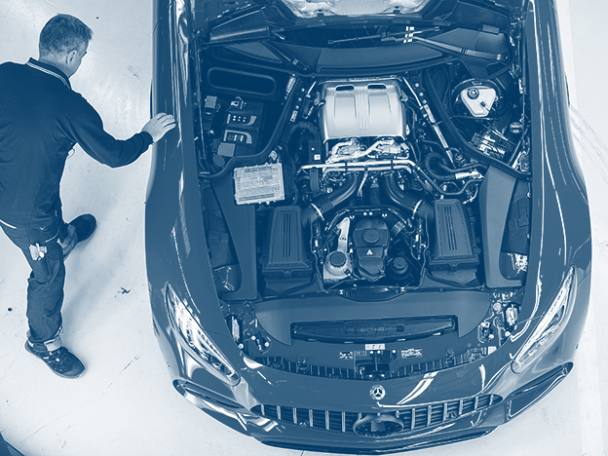The three stocks selected for review showed up positively the last time we ran the Alpha quality screen. All look good based on margins, consensus expectations and history; however, it is always wise to lift the hood and check that the engine is in as good working order as expected.
Points to check include that headline reported profits adequately reflect the true trading environment and that even well-established market dynamics are not about to change. On close inspection, the quality investment case for some companies can be found to have weaknesses.
- Auto Trader. The second-hand car market is having something of a purple patch with a post-Covid rebound combined with a shortage of new vehicle registrations (driven by the chip shortage). However, the underlying market for used cars has been in gentle decline for some time, and that may gather pace. This leaves Autotrader with a need to drive its ARPC ever higher in what threatens to become a more competitive market. An ultra-dominant market position may not be enough to sustain growth as has become the expectation here.
- RWS. A market leader in the field of technology-enabled language, content management and intellectual property services has been propelled to the market’s top spot by the acquisition of SDL. The success of the integration of this business is the key to the valuation with fast and aggressive cost savings promised. We would raise a flag about how adjusted profits may exclude key costs, RWS’ return on capital is not great and the SDL purchase may not help. The share price has proven to be very sensitive to even cautious news flow and could easily be dented again if the promised savings are under-delivered or late.
- CareTech. Social care spending is dominating the news cycle, but change is focused on care for the elderly. The group’s bias is towards children and working-age adults. Central and local government spending is now on the mend in this space and a highly fragmented industry structure remains ripe for consolidation. However, CareTech has high debt, fairly low returns and its shares have more than doubled in just over a year, but estimates are barely 5 per cent higher. Valuation is made trickier by aggressive adjustment of profits and while the share may appear cheap at 13x consensus EPS, in reality they are more expensive. Investors need to dig deep into the numbers.
Download PDF











